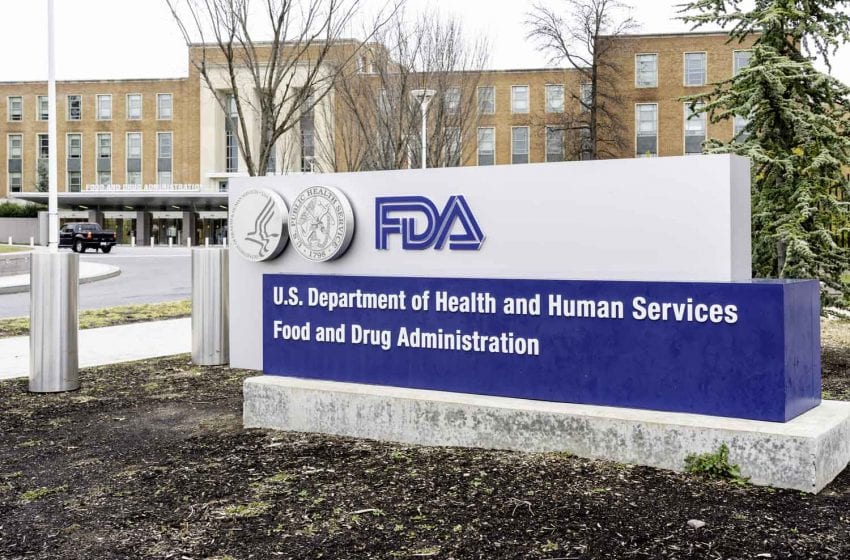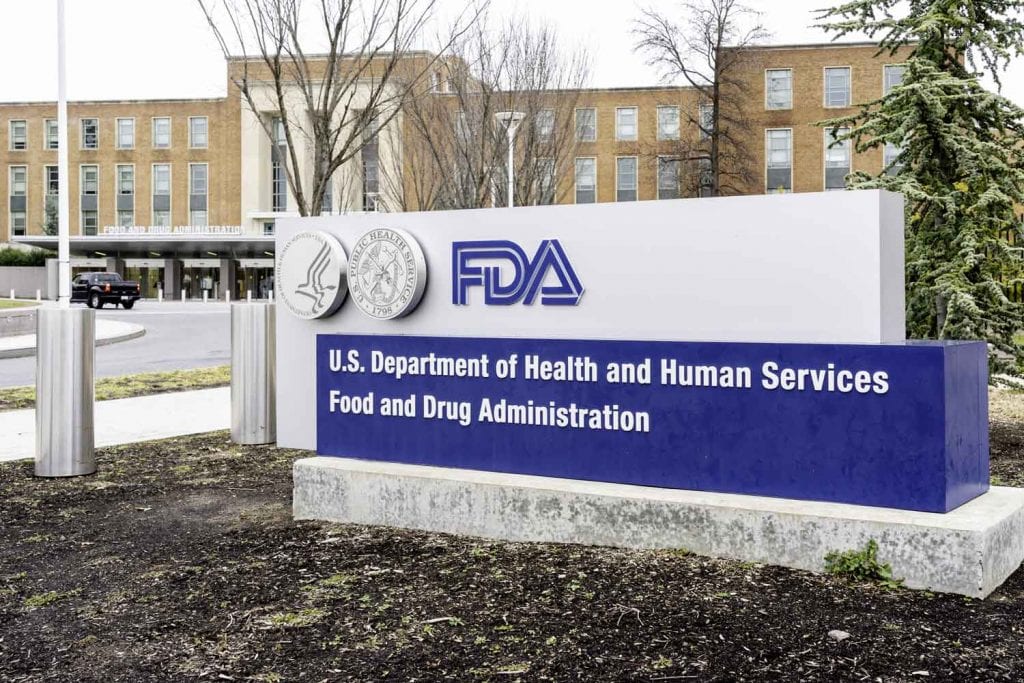The Takeaways
- Clive Bates Print Edition Regulation
- June 1, 2022
- 0
- 10 minutes read


What lessons should regulators learn from the United States?
By Clive Bates
The U.S. Food and Drug Administration has had jurisdiction over tobacco products since Congress passed the Tobacco Control Act and it entered into force in 2009. Through its Center for Tobacco Products (CTP), the FDA regulates tobacco products, which include nicotine products such as e-cigarettes and e-liquids in the United States. With the recent retirement of Mitchell Zeller, the CTP’s director since 2013, it is an excellent time to take stock. Here we look at six lessons from the experience that might help guide regulation in other jurisdictions.
First lesson: Understand how well-intentioned but poorly designed regulation can harm public health. The regulation of newer, safer products should reflect the political reality that the most hazardous products, cigarettes, will remain pervasively available. In the United States, variants of just under 3,000 cigarette products have been on the market since 2009, largely untouched by onerous regulation. The Royal College of Physicians signaled the risks that flow from excessive regulation of safer alternatives in its 2016 report Nicotine without smoke: “… if [a risk-averse and precautionary] approach also makes e-cigarettes less easily accessible, less palatable or acceptable, more expensive, less consumer-friendly or pharmacologically less effective, or inhibits innovation and development of new and improved products, then it causes harm by perpetuating smoking.”
Regulatory regimes that are tougher on the alternatives to cigarettes function as anti-competitive barriers to entry. Sound regulatory practice requires efficiency, transparency and predictability with burdens proportionate to risk. Unfortunately, the premarket tobacco product application process by which safer products must enter the market to compete with cigarettes is astonishingly expensive and opaque and fails any test of proportionate regulation. It functions to protect the cigarette trade and concentrate the vape market into a monoculture of uninspiring products. This is partly the law itself, but much is down to how the FDA has interpreted its responsibilities under the law.
Second lesson: Use standards and a notification regime rather than a product-by-product regime. The problem with an authorization regime is that it requires a public health agency to say “yes” to allowing a nicotine product onto the market. For institutional cultural reasons, many will find this challenging to do. Asymmetries in risk aversion mean regulators tend to be far more reluctant to accept the risk of saying “yes” and something bad happening than saying “no” and something good not happening. Both outcomes are harmful, but the former is what energizes regulators while the latter is hidden. A further issue with authorization systems is that they are easily politicized, providing a focus for campaign organizations to press for the decisions they want from regulatory agencies. For example, the FDA has been pushed hard by well-funded campaigns to ban flavored e-cigarette products. In contrast, the European Union has used a notification system with standards codified into the EU’s Tobacco Products Directive and, as a result, has a diverse and competitive market without a huge problem of youth uptake and far less political tension.
Third lesson: The regulator should accept the same disciplines it imposes on the regulated entities. The Tobacco Control Act, which is the FDA’s regulatory foundation, repeatedly refers to “appropriate for the protection of public health” as a guiding principle. For example, this test is applied to new nicotine products as part of the premarket review process. But does the FDA ensure that its own approach is appropriate for the protection of public health? By setting the burden of proof so high, the FDA has implemented a de facto ban on flavors other than tobacco and (possibly) menthol in vaping products. This is probably a response to intense and well-funded activism. But it will have the effect (if not the intent) of closing all the vape shops and radically collapsing the diversity of products on the U.S. market. Imagine if the FDA had to prove that its approach to flavors is “appropriate for the protection of public health.” That is precisely what it would have to do if it introduced a product standard to ban flavored products. The agency would not be able to do it, and it should not be doing it by default.
Fourth lesson: Risk perceptions matter, and regulators can help. One of the important purposes of public health regulation is to promote consumer behaviors that improve health. That should include, for example, making it easier and more desirable to vape than to smoke. But that cannot work if consumers do not understand which options are safer. In the United States, despite federal communications budgets of hundreds of millions of dollars, the public risk perceptions about nicotine are in a terrible state and, in many cases, deteriorating. In 2020, less than 3 percent of adults held the correct belief that e-cigarettes are much less harmful than cigarettes, but 62 percent wrongly believed that e-cigarettes are as harmful or more harmful than cigarettes—a view for which there is no evidence. Seventy-two percent wrongly believe that smokeless tobacco is no less harmful than cigarettes. A majority (56 percent) wrongly believe that nicotine is the primary cause of smoking-related cancer. The statements and communications campaigns of regulators and public health agencies like the Centers for Disease Control and Prevention in the United States can improve these perceptions or make them worse. Either through risk aversion or by design, the leading federal agencies have contributed to the landscape of poor risk perceptions and have hence undermined their own effectiveness. This has especially been the case through agency efforts to deter youth use. These have strayed into the exaggeration of the harms of nicotine vaping and inappropriately capitalized on the scare over the outbreak of lung injuries in 2019 that was widely but falsely attributed to nicotine vaping.
Fifth lesson: Apply some skepticism and science to the claims of activists. A regulator should be objective and cautious about activists’ claims and draw on the best possible science to guide its actions. Between 2017 and 2019, the rate of vaping among U.S. high school students shot up from 11.7 percent to 27.5 percent, an alarming rise by any standard. This generated a climate of moral panic in the public, media and politics—with flavored vapes and the marketing practices of e-cigarette companies blamed for the rise. Cooler heads advised caution and to look more carefully at the underlying patterns. That was good advice. It turned out that most teen vaping was infrequent, most frequent use was concentrated in young people who might otherwise be smoking, and very few tobacco-naive users showed any sign of dependence. We know that the causes of youth vaping are similar to the causes of youth smoking: characteristics of the individual and their circumstances rather than the products being the primary driver. For many young people, their frequent vaping may have been a beneficial displacement from smoking or diversion from cigarette uptake. From 2019 to 2021, teenage vaping fell sharply, especially among the infrequent users, suggesting that the dramatic rise had been a frothy and transient fad. Yet, by basing a response on the headline numbers rather than the underlying usage patterns, the FDA may have done more harm than good to both adolescents and adult smokers by overreacting to a moral panic based on a false premise. The science and data were there to navigate this crisis with a steady hand, but the FDA chose the path of least resistance and accepted activists’ claims at face value and acted accordingly.
Sixth lesson: Adopt a realistic economic and behavioral model. How can a regulator use its powers wisely and make proper determinations if it has a poor grasp of the products and behaviors it is regulating? One way of looking at vaping products is that they are a form of smoking cessation device, a kind of pimped-up nicotine-replacement therapy. In that case, a regulator might demand clinical trials to show efficacy in smoking cessation and intervene to reduce “abuse liability”—the risk that the product will attract users for reasons other than its therapeutic indication. The other way of looking at vaping products is that they are competitive alternatives to cigarettes for people who wish to use nicotine for whatever reason. They work by presenting a rival value proposition to smokers. To do this successfully, they must be appealing and pleasurable and meet the needs of people who do not even want to quit smoking (those most at risk from smoking-related harm). Few medical or public health regulators have the conceptual tools to deal with ideas like pleasure or appeal without seeing them as an abuse liability. In reality, vaping and heated-tobacco products are best understood as part of a major technology transition from combustible to noncombustible technologies in the consumer nicotine market. The regulatory regime for such products needs to encourage and not suppress innovation, allowing innovators to do the heavy lifting in securing the eventual obsolescence of cigarettes. That is a far more ambitious aim than placing smoking cessation products on the market. Alas, few regulators, including the FDA, appear equipped for the challenge.

